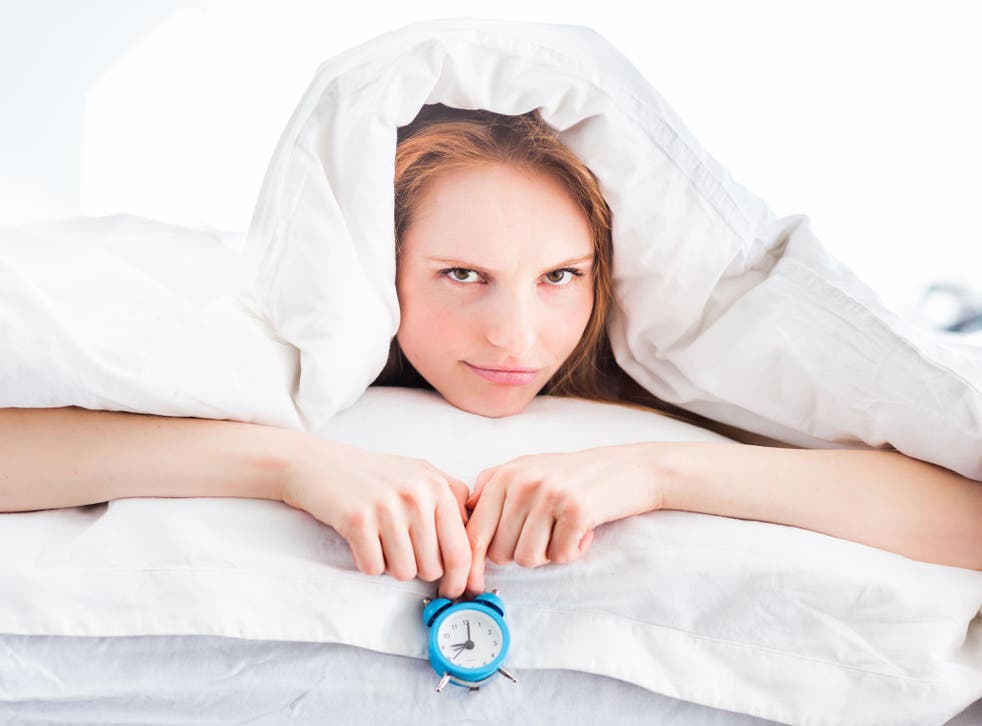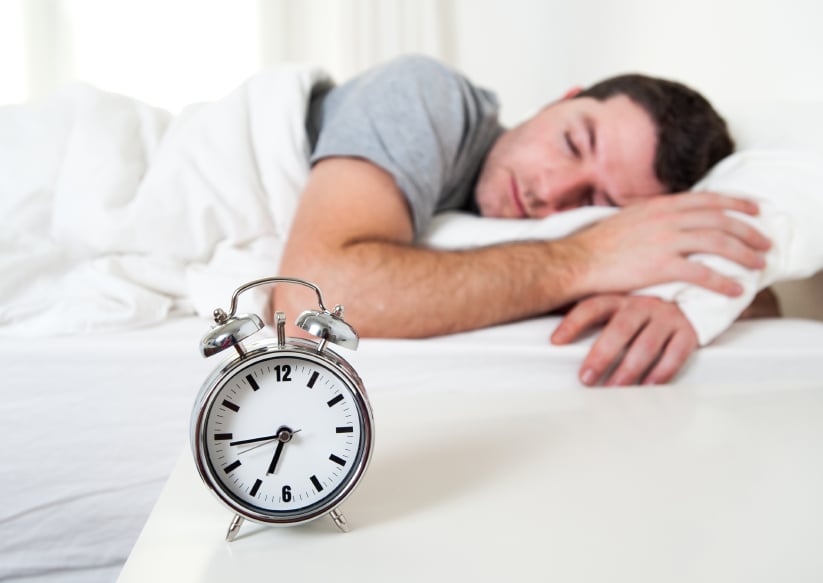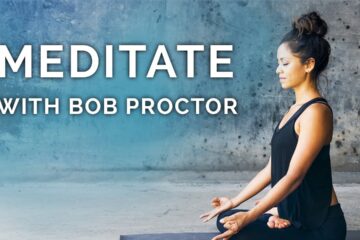Couples’ Bedroom Challenges—and How to Snooze Happily Ever After
A 2015 National Sleep Foundation poll found that approximately 23% of American couples currently sleep apart. The Norfolk and Norwich University Hospital’s Dr. Neil Stanley, a sleep expert, claims that this is partly because couples who continue to share a bed experience 50% more sleep disturbances than those who sleep alone.
It is not surprising that bed-sharing culture, which was formerly seen as a sign of a strong marriage, has changed significantly in recent years as couples strive to strike a balance between their desires for intimacy and rest. Even if having separate bedrooms is the obvious option, many couples decide that the benefits of intimacy and proximity outweigh the negative effects of sleep disruptions.

Here are some coping strategies for the top 7 causes of sleep loss if you and your partner are one of those couples willing to put up with each other in the bedroom.
Snoring
For lighter sleep partners, snoring and sleep apnea can be nothing short of a nightmare, but Suzan E. Jaffe, Ph.D., a board-certified psychiatrist and specialist in behavioural sleep disorders, believes that it’s important to assess the current condition. Your new sleeping companion might be the one to notice that you snore or possibly have a more severe sleep condition.
However, if you’ve been married for some time and find that you’re suddenly losing more sleep than ever because of your partner’s snoring or sleep apnea, you both need to figure out what’s changed. It’s crucial to get to the bottom of the issue and identify the best remedies.
What to do in response:
Mask the noise: If your partner snores lightly, earplugs, noise-canceling headphones or headbands, as well as white noise sound generators or apps, are all simple fixes. A high-speed fan or air conditioner might have the same outcome (though these measures will likely increase your utility bill). Nasal strips are a secure method to clear nasal passages and lessen heavy breathing if nasal congestion is the root of snoring.
Change your sleeping posture (or buy a different bed): Most people who snore frequently prefer to sleep on their backs. However, teaching a partner to sleep on their side might be challenging. For example, stitching a tennis ball into your partner’s pyjamas won’t work unless your companion is dressed appropriately for bed. Making ensuring your bed is not too firm is your best bet. You require sufficient pressure point relief for your hips, neck, and shoulders in order to sleep on your side.
The best mattresses are those made of latex or a latex substitute foam that offers exactly the perfect amount of support and bounce. Additionally, you should ensure that your pillow has the ideal loft and height. Since latex pillows instantly recover after compression, they make a good choice for head and neck support.
Rule out sleep apnea: If your bed partner snores loudly or has a sleep issue, more extreme measures should be done. For patients with mild to severe sleep disturbances, mouthpieces and other anti-snoring devices are frequently the preferred course of treatment. For those who snore loudly or suffer sleep apnea, CPAP machines are not only beneficial but also necessary medically because both conditions are linked to long-term health problems like high blood pressure and diabetes.
Conclusion: Find a certified sleep specialist in your region if you or your partner believe you may have sleep apnea so that you can both enjoy the restful sleep and long life you both deserve.
Insomnia
Everyone periodically tosses and turns for a variety of reasons. Some episodes of insomnia are acute, while others become chronic because of things like worry and depression, sleep disorders, and Restless Leg Syndrome (RLS).
Whatever the underlying cause, according to researchers at the National Sleep Foundation, the majority of insomnia is caused by either too much or not enough “sleep drive” during the sleep cycle.
What to do in response:
Maintain a regular sleep schedule: A regular sleep routine is the most effective at-home treatment since it trains your body for bedtime and promotes the much-desired “sleep drive” at the appropriate time, every time. Relaxing impulses to your brain can also be beneficial.
These include taking a warm bath before bed, diffusing lavender or chamomile essential oils, or drinking herbal tea. (Caffeine must be avoided before bedtime.) Additionally, breathing exercises that simulate your body’s normal sleep reaction are advised by certain sleep experts.
Find a mattress with improved idea isolation. If your untimely “awake drive” is keeping you and your spouse from getting enough sleep, think about buying a hybrid mattress that reduces motion transfer from one sleeper to the other. Multiple layers of foam, ideally designed for pressure point relief but with less “bounce,” are paired with individually pocketed springs to create a high-quality hybrid mattress. The impact of any movement across the mattress’ surface is minimised by the individually pocketed springs’ ability to respond to compression independently.
Temperature Variations
Maybe you get nocturnal sweats and your partner’s feet are freezing. There are several possible causes for one of you to be sleeping too warmly. Sleep science may help you find a compromise for the two of you: while human skin temperature can fluctuate above or below the average of 91 degrees, the ideal sleeping temperature is 88 degrees.
What to do in response:
Purchase two different blankets—one for each sleep partner—if one of you develops a habit of curling into a burrito at night, depriving your spouse of warmth. This is a simple remedy. Installing a ceiling fan can also cover a variety of sins, such as allowing one partner to wear more layers in a cooler external sleeping environment or cooling down the room for those who want the weight of covers but dislike the increased heat.
Invest in a customised cooling mattress. More expensive sleep solutions that can assist you both in achieving the appropriate sleep temperature are readily accessible.
A phase change molecule (PCM) surface infusion is a feature of high-end mattresses with cutting-edge cooling technologies. If the temperature of your skin rises over 88 degrees, the micro-encapsulated PCM will liquefy and start to cool you down. The PCM will harden if your skin temperature drops to 88 degrees, keeping you cool but not freezing. Additionally, PCM technology is used in pillows to pull heat away from the head and neck region, resulting in a cooler night’s sleep.
Upgrade your sleeping accessories: Natural materials like bamboo sheets and latex pillows, which are already more breathable, help you sleep cooler at night.
Disorders of movement during sleep
About 80 different sleep disorders have been recognised by medical experts; the three most common are insomnia, sleep apnea, and restless legs syndrome (RLS). Movement disorder problems can affect both the sleeper and their sleeping companion and fall under the broad category of sleep disorders.
The most prevalent of these disorders is Rapid Eye Movement (REM) Behavior Disorder, which makes you more likely to act out dreams while you’re asleep. When you move, jerk, or flail your limbs while you’re sleeping, you have periodic limb movement disorder. Nearly one in ten sleepers experience bruxism, or clenching or grinding of the teeth during the night, which leads to a variety of difficulties such as dental disorders and headaches.
What to do in response:
Purchase a larger mattress, or two: Serious movement issues linked to sleep necessitate a medical diagnosis and expert treatment. However, it’s important to note that the effects of these diseases on a sleep partner can be significantly reduced.
A bigger mattress with reduced motion transfer can help you remove yourself from a jerky partner. The ultimate barrier between you and a rocky night with your lover can be a split California King, which can fully isolate you from restlessness and social activity. Experts in sleep products are employed by several mattress companies, and they may assist you in locating the greatest selection, including personalised choices.
Consult a dentist: If your partner grinds their teeth, it’s crucial to do so. A mouth guard that is properly fitted can reduce the harm to your partner while giving you a more peaceful night’s sleep.

Visits to the bathroom frequently
The majority of people can spend 6 to 8 hours without needing to get up to use the restroom, but many studies think waking up once during the night to use the restroom is typical, especially as we age because we make less of an anti-diuretic hormone that helps us retain fluid.
The term “nocturia” refers to the frequent desire to get up and use the restroom. One of the most typical reasons of sleep loss is nocturia, which can also be a sign of other diseases including sleep apnea.
What to do in response:
Plan your bathroom breaks: If you or your partner must get up more than twice a night to use the restroom, you should see a urologist to determine the underlying problem. It’s critical to determine whether you are awakening because your bladder is full or because of another disruption that caused you to wake up and realise you must get up.
By completely emptying your bladder prior to going to bed, you can reduce the number of trips you need to make to the restroom. This entails reducing your fluid intake two to three hours prior to bedtime and refraining from alcoholic or caffeinated beverages at least six hours beforehand. Make sure to use the restroom right before turning in. Make it your only goal if you must get up in the middle of the night to relieve yourself. Avoid checking your phone, turning on the lights unless it is absolutely necessary, and attempting to silence any distracting thoughts.
Check your mattress again: If your partner’s nocturia is keeping you up at night, figure out why. Use earplugs or other noise-cancelling devices if your spouse’s waking noise is the issue. Make sure your mattress isn’t the cause of the issue if it’s the movement.
Every time your companion gets up, beds that are too soft or don’t have enough support may cause motion to be transferred. The best alternative for seniors who frequently struggle with nocturia is a split bed, which is not only a terrific option but also one of the top options. Couples who are elderly should take extra care to have adequate edge support and a foundation with a low profile to prevent falls when getting out of bed.
Disputed sleep schedules
Maybe you’re an early bird and she’s a night owl. Perhaps he works the late shift, and you like to have some peaceful time alone before the kids wake up. When your schedules are so drastically incompatible, both of you could suffer from not only sleep loss but also a lower-quality relationship.
Yes, getting too little sleep can make you a little bit more irritated. Yes, you can even start to feel resentment toward your partner for what you view as their disregard for your schedule. However, the reality is that everyone has preferences and a hard-to-override internal clock, and most significantly, everyone has a natural desire for companionship. That explains why so many couples choose to sleep in the same room even if it is inappropriate for them to do so at night.
What to do in response:
Establish a “Get Ready” space separate from the bedroom: Accept first that your partner’s preferences for sleep are neither right nor incorrect. Simply put, your biology and needs differ from one another. Second, resolve to show consideration if your partner is attempting to sleep. If you have to get up early for work, therapists like Toronto-based Kimberly Moffit advise changing to a different room. They also advise keeping the television noise at a manageable level if you stay up past your partner’s bedtime.
Outside of the bedroom, get cosy Be aware that light sensitivity and noise sensitivity are both significant contributors to sleep disruption. If you want to read in bed to catch up, consider why you like it there. Do you want to keep a physical connection with your spouse or is it just that the bed is more pleasant than any other place in the house?
The greatest answer might be to create a cozy space in the family room or home office. If you truly want to be with your lover, think about positioning a recliner in a corner where there will be enough space between your lighting, tapping, and scrolling… and your companion’s sleep.
If the majority of the noise or light disruption is coming from outside the bedroom, take control of your immediate surroundings to keep it comfortable (and to spend quality time). Install a strong door and blackout drapes. To muffle outside noises, use white noise. The best piece of advice is to make sure you and your partner schedule time together to bond in a way that makes up for the lack of physical intimacy in bed.
Languages of Love: Two
The University of Minnesota professor and author of Two in a Bed: The Social System of Couple Bed Sharing, Paul Rosenblatt, asserts that “two people differ in a million distinct ways, and lots of them have to do with sleep.”
Emotional intimacy, which can take many different shapes in the bedroom, from hugging to heart-to-heart chats in the dark, is a big part of our nighttime compatibility. According to Rosenblatt, “the ordinary couple may speak to one another for 12 to 15 minutes a day, and if they have a conversation before going to bed, it may be a lot of life sharing, planning for the next day, and airing of differences.”
All right. What happens, though, if after all that time spent connecting, you want to spoon and your partner just wants to eat it with a fork and go to bed?
What to do in response:
Schedule cuddle time (really): Try to allow enough time to cuddle before you’re both ready to drift off to sleep. Most spooning-averse couples find it difficult to fall asleep or stay asleep when someone is touching them. The anti-snuggler receives the gift of space later on when it matters most when you allow the Spooner ample time for meaningful physical contact while you’re still awake.
Lie on your side and cuddle: If you’re one of the fortunate people who can fall asleep cuddling but are unfortunate enough to have a partner who snores, spooning can actually postpone the inevitable. Because spooning involves a side position, which is the posture least likely to promote snoring, this is the case. You’ll be sound asleep even if your lover ultimately wanders into lumberjack area.




0 Comments